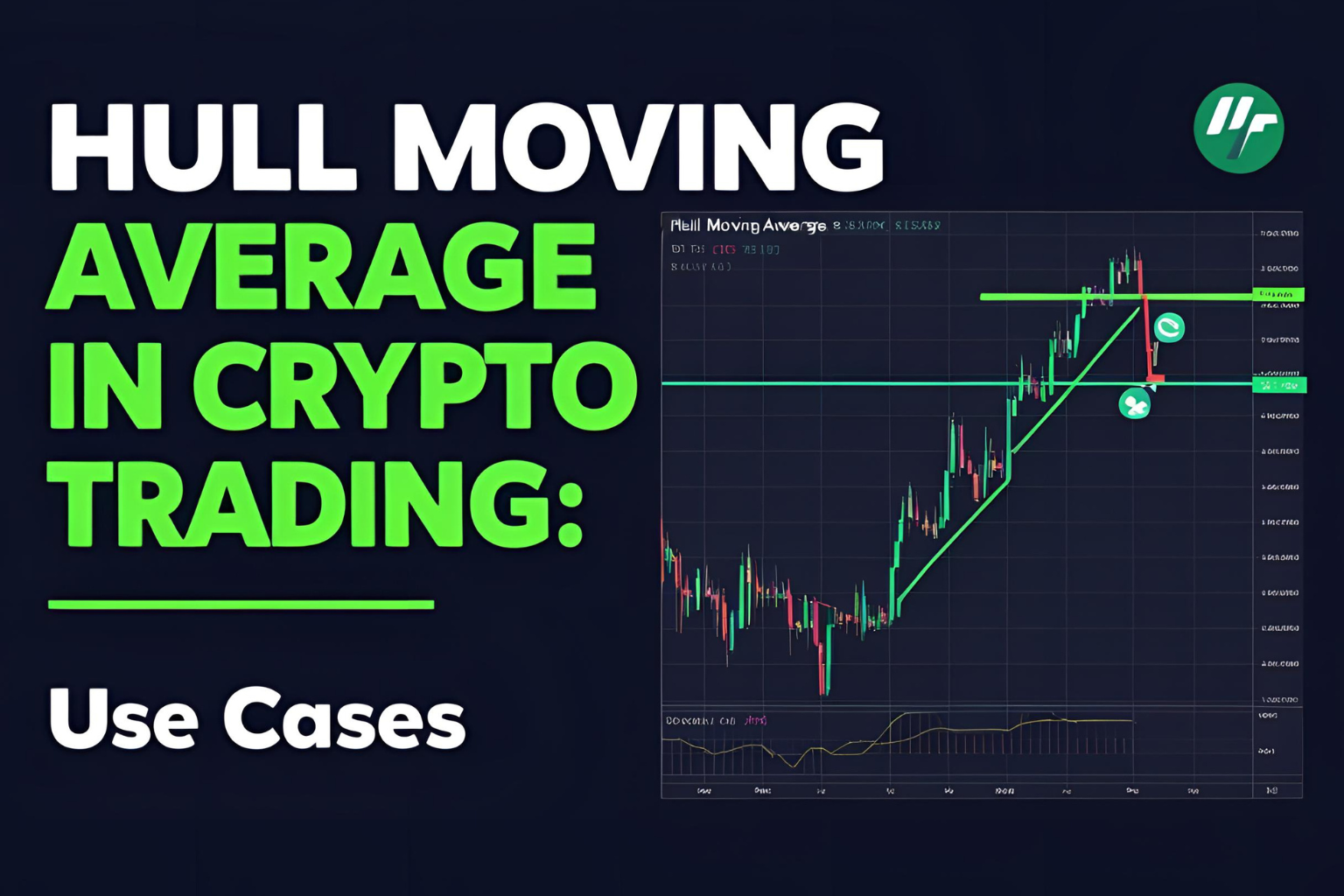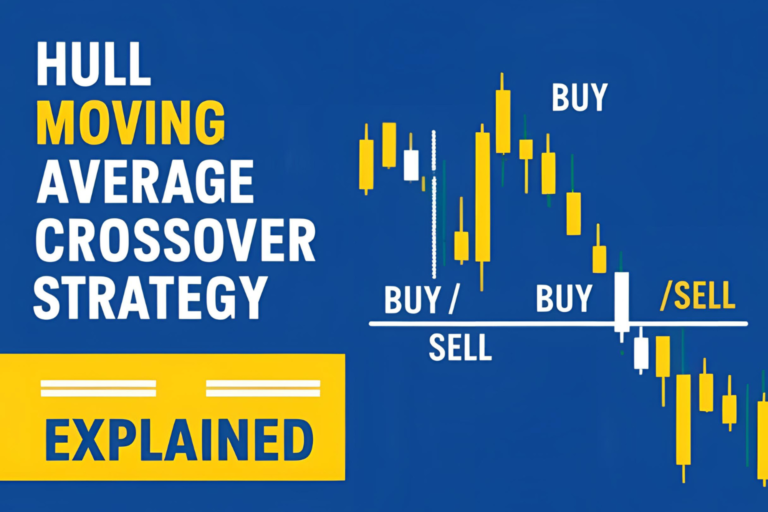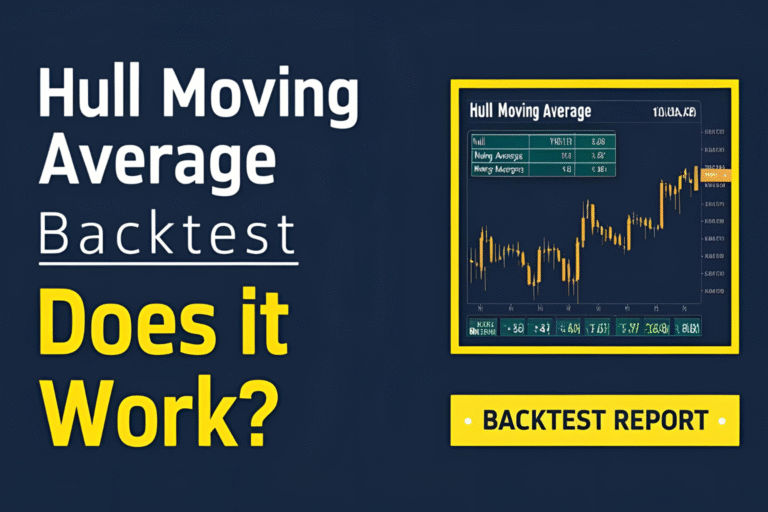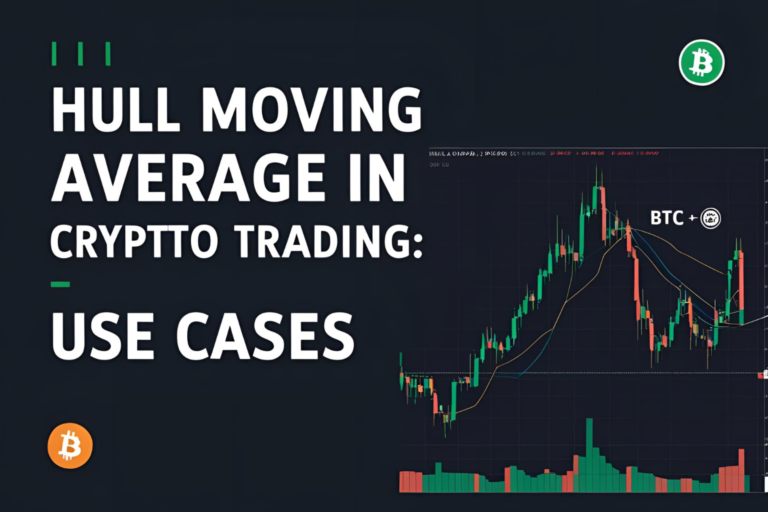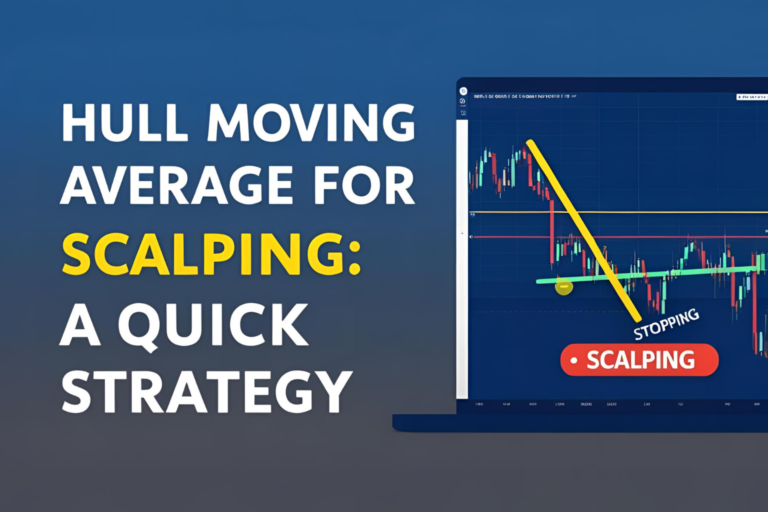How to Combine Hull Moving Average with RSI
The Hull Moving Average (HMA) and the Relative Strength Index (RSI) are two powerful indicators on their own — but when combined, they offer even greater precision in trade decision-making. While HMA helps define trends, RSI measures momentum and overbought/oversold conditions. In this guide, you’ll learn how to combine the Hull Moving Average with RSI to create high-probability entries and exits.
Why Combine HMA with RSI?
- HMA shows the direction and strength of the trend
- RSI identifies when a market is overbought or oversold
- Together, they filter out false signals and improve timing
This combo is ideal for trend-following, pullback trading, and avoiding poor entries.
Best Settings to Use
| Indicator | Recommended Settings | Purpose |
|---|---|---|
| HMA | 21 or 34 | Medium-term trend identification |
| RSI | 14 (default) | Momentum & reversal detection |
You can adjust based on your asset and timeframe, but these are good starting points for most markets.
HMA + RSI Trading Strategy
Buy Setup
- HMA is sloping upward and price is above it
- RSI dips below 40 and then crosses back above = momentum recovery
- Confirm with volume spike or bullish candle pattern
Sell Setup
- HMA is sloping downward and price is below it
- RSI rises above 60 then turns down = weakening upward momentum
- Confirm with bearish candle or trendline break
Chart Example (for reference)
Example: A 15-minute chart of AAPL with HMA(21) and RSI(14) showing an ideal long setup where price pulls back to HMA while RSI dips below 40.
Benefits of This Combo Strategy
- Filters out whipsaws seen in HMA crossovers alone
- Gives entry signals inside existing trends
- Works across multiple markets: stocks, crypto, forex, commodities
Tips for Better Results
- Avoid using during sideways markets — wait for clear HMA slope
- Watch RSI divergence — this can help you spot early reversals
- Use alerts — set RSI level or HMA crossover alerts on TradingView or Thinkorswim
Conclusion
By combining the Hull Moving Average with RSI, you create a trading framework that balances trend clarity with momentum timing. This powerful combo helps avoid common trading mistakes and gives you better signals for entry, exit, and trend continuation. Start testing this method today to improve your accuracy.
FAQs
1. What RSI level works best with HMA?
Look for signals near RSI 40 (bullish recovery) and 60 (bearish rejection) zones.
2. Can I use this combo on intraday charts?
Yes, it works great on 5-min, 15-min, and hourly charts with adjusted HMA periods.
3. Should I enter as soon as RSI crosses 50?
Only if HMA confirms the trend direction. Always wait for confluence.
4. Does this strategy work in crypto?
Yes, especially in trending crypto pairs like BTC/USD and ETH/USD.
5. Is RSI better than MACD with HMA?
RSI is quicker and simpler. MACD may give fewer signals but with deeper confirmation.
